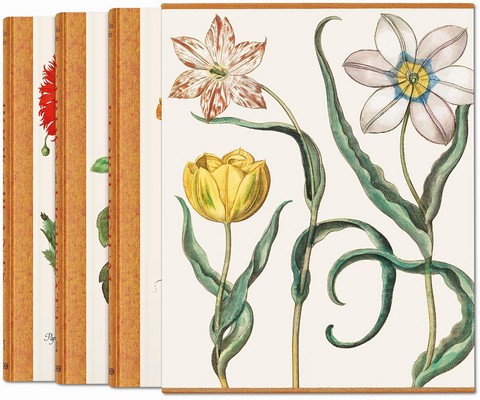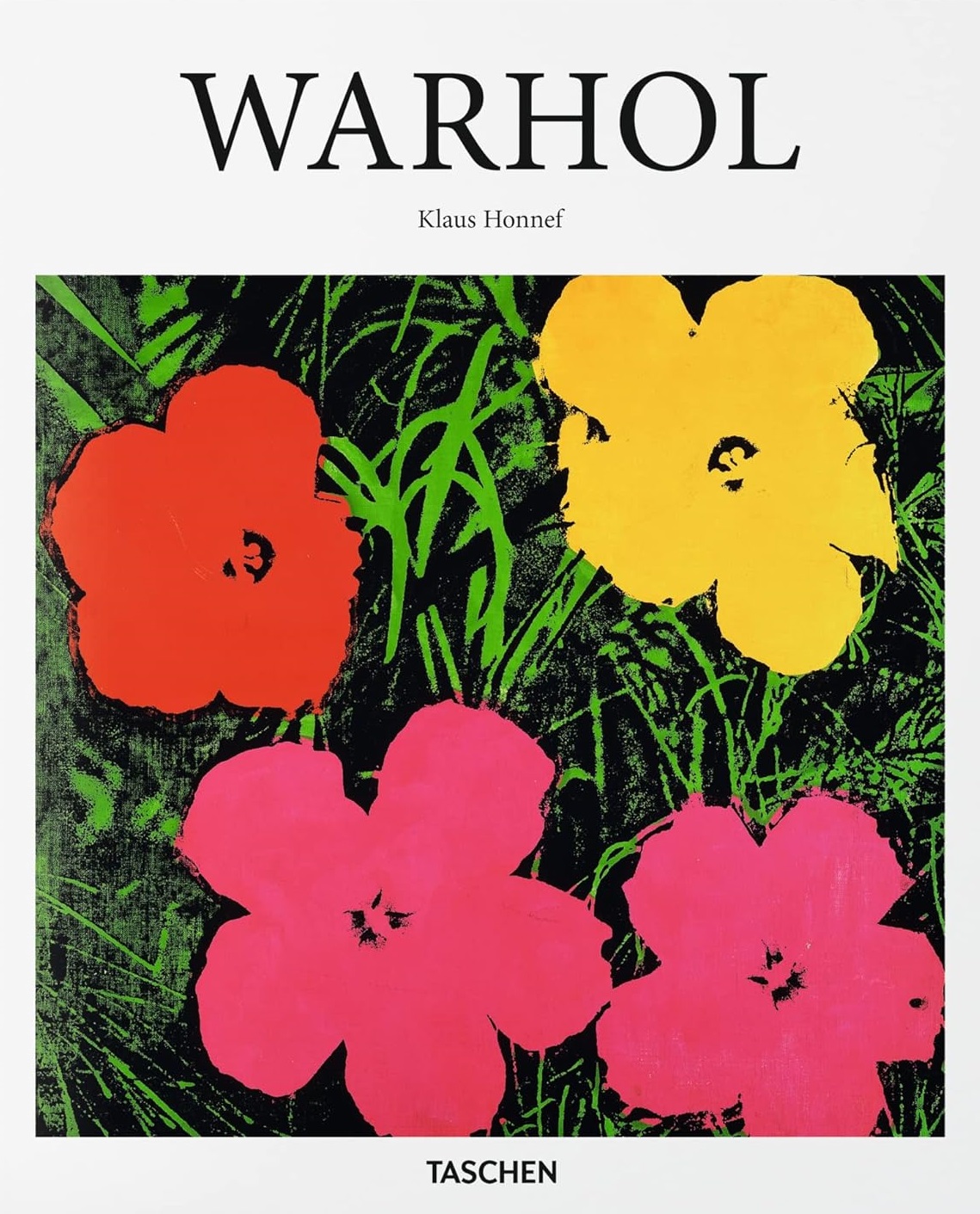🎬 Конкурс коротких відео #KebukExperience🎬 Конкурс відео
Виграй сертифікат на 500 грн! ⏰ До 18 грудня⏰ До 18.12

Basilius Besler. The Garden at Eichstatt (в 3-х томах)
Видавництво: Taschen
В наявності
Кількість сторінок1096
Рік видання2023
When Prince-Bishop Johann Konrad von Gemmingen (1593/95–1612) undertook a radical renovation of the Willibaldsburg Castle, overlooking the Altmuhl River in Eichstatt, Bavaria, he also created a surrounding palatial pleasure garden of magnificence and grandeur. To preserve the garden for future generations – and provide an ‘evergreen' record of its contents, compiling plants from all four seasons and presenting them in that order – he commissioned the garden's director, Nuremberg apothecary Basilius Besler (1561–1629), and a team of engravers to immortalize its treasures in print.
The resulting Hortus Eystettensis, published in Nuremberg in 1613 and containing 367 hand-colored plates and detailed descriptions, was a work of meticulous execution and spectacular diversity, and remarkably expensive for its time.






Коментарі
Щоб залишити коментар, будь ласка, увійдіть або зареєструйтесь